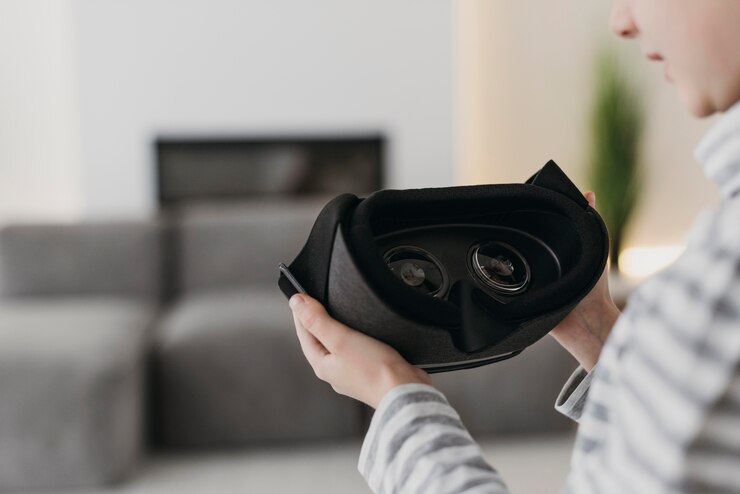Dehumidifiers are indispensable appliances in the modern household, particularly in regions with high humidity levels. They help maintain an optimal indoor environment by reducing excess moisture in the air, which can lead to a plethora of issues ranging from mold growth to respiratory problems. This article delves into the workings of dehumidifiers, their benefits, and the critical role of the fan motor in their operation.
How Dehumidifiers Work
At its core, a dehumidifier operates by drawing in moist air, cooling it to condense the moisture, and then releasing the dry air back into the room. Here’s a step-by-step breakdown of the process:
- Air Intake: The dehumidifier uses a fan to pull humid air from the room.
- Cooling Coils: The moist air passes over cold coils, where the temperature drop causes the moisture to condense into water droplets.
- Water Collection: The condensed water is collected in a reservoir or drained out via a hose.
- Reheating and Release: The now dry air is reheated to room temperature and blown back into the space by the fan motor.
The Role of the Fan Motor
The fan motor is a crucial component of a dehumidifier, ensuring the effective movement of air through the appliance. Its functions include:
- Air Circulation: The fan motor powers the fan blades, drawing in moist air and pushing dry air back into the room. Without a robust fan motor, the dehumidifier wouldn’t be able to cycle air efficiently.
- Cooling Process Efficiency: The consistent airflow over the cooling coils is essential for the condensation process. A well-functioning fan motor maintains this airflow, maximizing the dehumidifier’s efficiency.
- Longevity of the Unit: A high-quality fan motor contributes to the overall durability of the dehumidifier. Reliable motors reduce the wear and tear on the system, preventing breakdowns and extending the appliance’s life.
Benefits of Using a Dehumidifier
- Improved Air Quality: By reducing humidity, dehumidifiers help prevent mold and mildew, which can cause allergies and respiratory issues.
- Comfortable Living Environment: Lower humidity levels make the indoor environment more comfortable, reducing the sticky feeling caused by excess moisture.
- Protection of Property: High humidity can damage furniture, electronics, and even the structure of your home. Dehumidifiers help protect your belongings and home from moisture-related damage.
- Energy Efficiency: In humid climates, air conditioning systems work harder to cool the air. Dehumidifiers reduce the load on these systems, leading to lower energy consumption.
Choosing the Right Dehumidifier
When selecting a dehumidifier, consider factors such as the size of the area to be dehumidified, the unit’s capacity (measured in pints of moisture removed per day), and energy efficiency ratings. Additionally, pay attention to the quality of the fan motor, as this will impact the unit’s performance and longevity.
Maintenance Tips
To keep your dehumidifier functioning optimally:
- Regular Cleaning: Clean the water reservoir and air filter frequently to prevent mold and bacteria build-up.
- Check the Coils: Inspect and clean the coils to ensure efficient moisture condensation.
- Monitor the Fan Motor: Listen for any unusual noises that may indicate a problem with the fan motor and have it serviced if necessary.
Conclusion
Dehumidifiers play a vital role in maintaining a healthy and comfortable indoor environment by managing humidity levels. The fan motor, a key component of these appliances, ensures efficient air circulation and overall effectiveness. By choosing the right dehumidifier and maintaining it properly, you can enjoy the benefits of improved air quality and protection against moisture-related damage.




